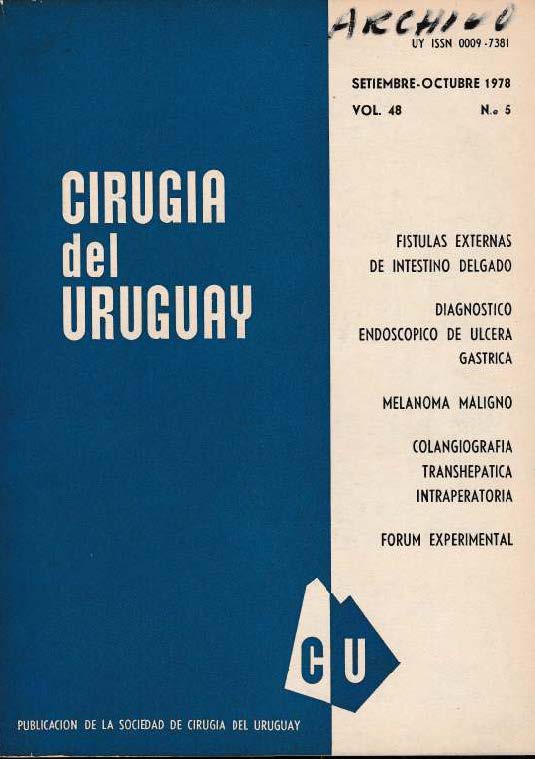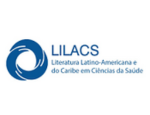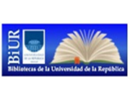Endoscopic diagnosis of gastric ulcer
Keywords:
fibergastroscopy, stomach, ulcerAbstract
This paper reviews the author's experience in endoscopic diagnosis of gastric ulcers. Over a 5 - year period they performed over 5.000 fibroscopies in the study of 659 stomach ulcers, 29 rtéostomy ulcers and 82 pyloric ulcers.
There follows an evaluation of the usefulness of this technique for the purpose of diagnosis, since it is highly effective in establishing the existence or abscence of gastric ulcerated lesions regardless of size, location or evolutive stage.
Case material examined confirmed that the most frequent location is the 'esser gastric curvature. However, it differs from other statistics in pointing out that distribution was practically identical in the three thirds into which the vertical sector of the lesser curvature was divided. This difference is attributed to the difficulty in radiological diagnosis of ulcers in the infracardial region. It is also worth noting that a fifth of all ulcers were lodged in the surface, lesser antral curvature and greater curvature and biopsy proved that they were benign in nature. Therefore, diagnosis of the nature of a gastric ulceratedesion should not be based on its topography but rather in its macroscopic endoscopic aspect and in the obtention of material for histologic and cytologic study. Macroscopic differential diagnosis between ulcer and cancer in the different stages, is analyzed in detall.
Evaluation of biopsy in small neoplasic lesions ( 28 superficial cancers), made possible the correct diagnosis of their nature in 27 cases ( 95 % positive diagnosis). Emphasis is laid on the need for an endoscopic examination of all gastric mucosa, in search of possible coexistent lesions, benign or neopasic ( 4 cases of associated ulcers and superficial neoplasm), as well as a duodenal examination, in view of the well - known association of this organ and ulcus.
Downloads
Metrics
Downloads
Published
How to Cite
Issue
Section
License
All articles, videos and images published in Revista Cirugía del Uruguay are under the Creative Commons CC licenses, which is a complement to the traditional copyright, in the following terms: first, the authorship of the referred document must always be acknowledged and secondly none of the article or work published in the journal may have commercial purposes of any nature. The authors retain their copyrights and give the magazine the right of first publication of their work, which will be simultaneously subject to the Creative Commons Attribution-NonCommercial 4.0 International License license that allows the work to be shared whenever the initial publication is indicated in this journal.


























